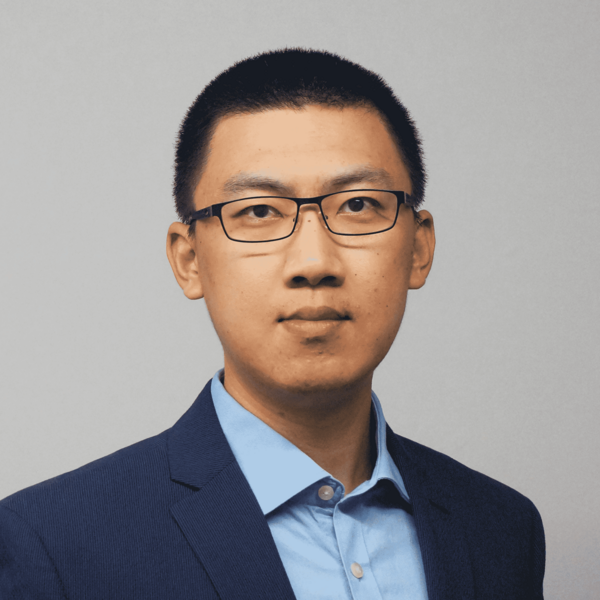Superconducting materials are able to conduct electricity with zero electrical resistance, enabling technology like magnetic resonance imaging and the powerful electromagnets that support and propel magnetic levitation trains.

However, until recently, the ability to understand these extraordinary materials has been limited by a lack of experimental techniques for observing their properties at the atomic level.
In a recent study in the journal Nature, Xialong Liu, assistant professor in the University of Notre Dame Department of Physics and Astronomy, and collaborators from multiple institutions made the first ever observation of a pair density wave state—an ordered arrangement of electron pairs—in a an unexpected type of superconductor material called UTe2. The detection of such a state in this topological superconductor, discovered by using a type of microscopy called scanning tunneling microscopy, suggests that these states could differ from those in more common and conventional superconductors.
“This will motivate scientists to develop new microscopic theories of pair density waves, which will fundamentally help us understand unconventional superconductivity,” said Liu.
Pair density wave states had been detected previously in some superconducting materials, primarily cuprates, which contain copper oxide. However, scientists did not know whether this phenomenon could be observed in other superconducting materials.
“Our detection of pair density waves in UTe2, which is a non-cuprate material, suggests such states could widely exist in many materials,” Liu said. “Now with our superconducting tip scanning tunneling microscopy technique, it is a matter of time before we establish a full library of pair density wave materials.”
At Notre Dame, Liu’s lab is striving to discover and create new superconducting materials. Liu and his lab members perform atomic scale visualization using scanning probe microscopes, and create atomically thin stacks of materials, with tailored composition, structure, and properties. These types of materials and nanostructures are not available in nature.
Topological superconductors are one example of the exotic superconductors that Liu hopes to create and characterize. These materials would enable a breakthrough in the development of quantum computers, which are specialized computers that scientists believe will enable extraordinary improvements in certain processes like drug development and machine learning. Currently, scientists have not been able to realize these promises because of the unstable and error-prone nature of current quantum computers.
“However, topological superconductors will offer a platform for building error-resistant quantum computers,” Lu said.
The relevance of Liu’s research is evident in the excitement it has generated in the physics community, resulting in multiple awards since he joined the Department of Physics and Astronomy in January 2022, including a 2023 Ralph E. Powe Junior Faculty Enhancement Award from Oak Ridge Associated Universities (ORAU).
For Liu, the research published in the recent Nature paper exemplifies collaboration in science.
“Such collaborations are nowadays essential to enable cutting-edge physics research, given the complexities and challenges we are facing in both material synthesis and characterization,” he said.
Liu’s collaborators on the paper include scientists from Cornell University: Qiangqiang Gu, Joseph P. Carroll (also affiliated with University College Cork), Shuqiu Wang (also affiliated with University of Oxford), and J. C. Séamus Davis (also affiliated with University College Cork, University of Oxford, and the Max Planck Institute for Chemical Physics of Solids); Washington University in St. Louis: Sheng Ran, Christopher Broyles, and Hasan Siddique; and University of Maryland (College Park): Nicholas P. Butch (also affiliated with the NIST Center for Neutron Research), Shanta R. Saha, and Johnpierre Paglione (also affiliated with the Canadian Institute for Advanced Research).
Funding for the research also came from multiple sources, including the U.S. Department of Energy, the Gordon and Betty Moore Foundation’s EPiQS Initiative, the National Institute of Standards and Technology, the Maryland Quantum Materials Center, the Royal Society, Science Foundation Ireland, and the European Research Council.
Originally published by at science.nd.edu on August 11, 2023.